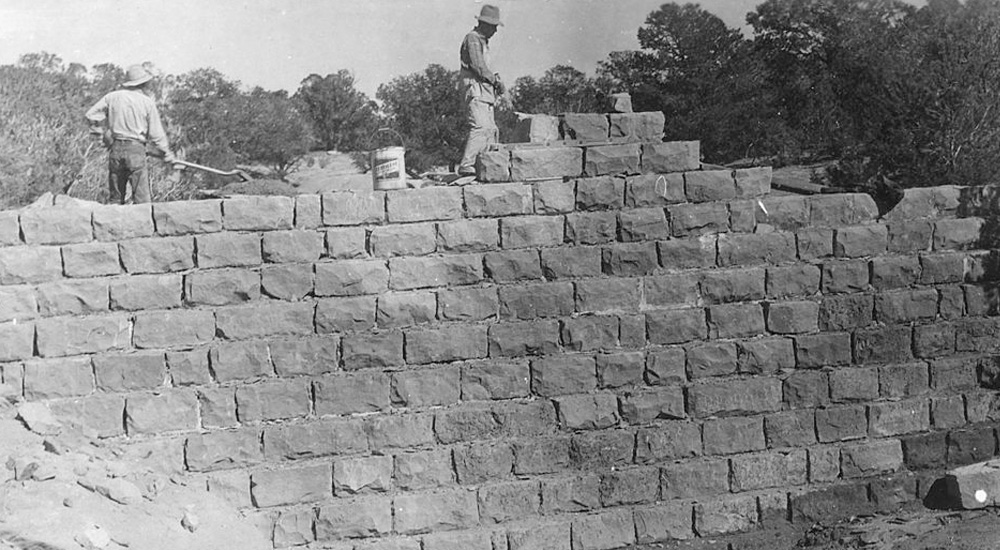As a wedding drummer, it’s expected that you can play different styles including jazz, latin, rock, pop, R&B, soul, and reggae. Each style has its own set of challenges, but the hardest part can be switching your brain to settle into the required style for each song as it comes – one after the next, all night. First you’ll be playing a slower groove, and then it’s a double time up-tempo groove packed with energy. Regardless, and no matter how exhausted you get, your time must remain steady and your musicality is key – play appropriately for the song. The average punter won’t really give a crap about how clean your double strokes are or whether you’re playing rim shots on the snare, but they’ll notice if the groove feels good because they’ll be dancing.
Organisation is also important. You’ll need to learn the bridal waltz – regardless of whether you think the song sucks. You’ll also need to know a heap of tunes. If possible, get a rough idea of the setlist from the singer/s so you are at least on top of the tunes they’re most likely to call. If they call a song you don’t know, do your best, but then look up the tune before the next wedding.
Have a basic setup you use for everything. Mine is a standard four-piece kit with a 22” bass drum. If it’s a small stage though, even a four-piece kit can be a squeeze. I’ve got an 18” bass drum for this reason and I always have a bass drum microphone with me. I don’t care what size room it is, I’ll always mike up the kick drum – not just for volume, but for presence. Drums are loud, but the kick won’t cut through a mix like a snare will. I use an Audix D6. It’s worth it when the dance sets kick in.
I’ll always be able to expand or reduce the set up, too – an extra crash, auxiliary hi-hats, electronic pads. If it’s a really big room and a huge band, I’ll have more toms and add the electronics for extra effects. Smaller spaces need smarter, smaller footprints. Make sure you have flexible cymbals too. If you’re only using a crash and ride, the ride needs to be able to cut jazz and rock. Find the compromise for style’s sake.
I like taking charge of the gig. It shows confidence and you can often set the tempo of the tune by starting the groove off yourself. Most of the time, the intro groove is welcomed. It reduces downtime between tunes, and the dance floor keeps momentum. Furthermore, if no one is cueing the ending or everyone is looking like they’re lost, take charge and lead the end of a song, or play the end hits/grabs as a fill to clue the rest of the band. It’s always appreciated if everyone ends together.
Finally, have fun and own the gig – any song can be made to feel good. Be musical and professional about what you’re doing. It’s someone’s big day, and you’re there to make everyone have a good time. I think it takes skill to do that properly.







